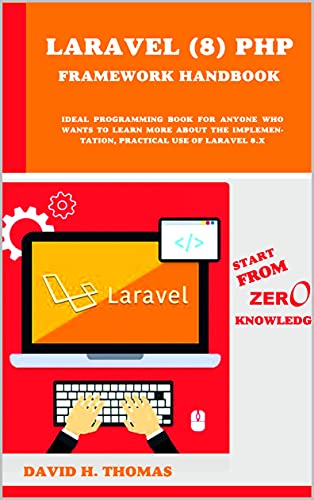Download this PDF book: Applied Inorganic Chemistry Volume 2: From Energy Storage to Photofunctional Materials Edited by Rainer Pöttgen, Thomas Jüstel, Cristian A. Strassert
Many elements and inorganic compounds play an extraordinary role in daily life for numerous applications, e. g., construction materials, inorganic pigments, inorganic coatings, steel, glass, technical gases, energy storage and conversion materials, fertilizers, homogeneous and heterogeneous catalysts, photofunctional materials, semiconductors, superconductors, soft- and hard magnets, technical ceramics, hard materials, or biomedical and bioactive materials.
The present book is written by experienced authors who give a comprehensive overview on the many chemical and physico-chemical aspects related to application of inorganic compounds and materials in order to introduce senior undergraduate and postgraduate students (chemists, physicists, materials scientists, engineers) into this broad field.
Volume 2 discusses energy storage, ionic solids, catalytic materials and photofunctional materials.
Vol. 1. From Construction Materials to Technical Gases.
Vol. 3. From Magnetic to Bioactive Materials.
The Periodic Table meanwhile lists 118 chemical elements, which leads to a vast number of inorganic compounds. Many of them have well-defined physicochemical properties,
which are exploited for the realization of functional materials we all comfortably use in daily life without even thinking about it, including magnetic and optical materials, construction materials, materials for energy storage and conversion – just to name a few remarkable examples.
The impact of inorganic chemistry in human evolution cannot be overstated, and is proven by the designation of historical ages, such as stone, copper, bronze or iron age (even golden ages and gold rush), or by geographical locations (such as the Silicon Valley and Argentina).
While carbon-based organic chemistry has provided incredible breakthroughs in medicinal chemistry and plastic materials, there is no doubt that the solution of the most urgent problems currently faced by humanity will stem from inorganic chemistry providing high-density/high-stability materials for construction, information technologies, energy storage and conversion.
Chemical sciences and industries are often demonized, but the many indispensable materials we use in daily life impressively show how significantly they influence our society.
Ecosystems, metabolic and pathophysiological processes, food production, construction in its broadest sense, mobility and energy conversion are determined by chemistry – these facts cannot simply be ignored! The present book summarizes the many basic examples of inorganic materials we use on a large scale in everyday life, but also niche products with thoroughly optimized properties.
Many subchapters are written by experts from academia and industry. We tried to ensure a proper balance of topics, even though it is simply impossible to cover all aspects of applied inorganic chemistry. Nonetheless, we hope that we made a good compromise – if any topic is missing, this was unintentional.
The final chapter focusses on energy flows and resources, which constitutes one of the most urgent topics. As a kind of appetizer for the following 16 chapters, we briefly summarize some applications for the elements of the first four rows of the Periodic Table.
Several of these topics are picked up again in the following chapters: Hydrogen: energy source; helium: low-temperature refrigerant; ballon gas, lithium: anode materials for lithium-ion batteries; beryllium: hardening component for light-weight alloys, non-spark alloys, X-ray windows; boron:
hardening component for intermetallics; carbon: electrode materials, black pigment; nitrogen: source for ammonia and nitrate fertilizers, protective gas, low-temperature cooling; oxygen: medical gas, liquid oxygen for the Linz-Donauwitzer process in steel refinement; fluorine: uranium hexafluoride production; neon: helium-neon lasers; sodium: reducing agent; magnesium: alloying component and sacrificial anodes; aluminum:
light-weight alloys, construction material; silicon: semiconductors; phosphorus: synthesis of phosphoric acid; matches; sulfur: vulcanization of rubber; chlorine: disinfection of water; argon: protective gas in chemical synthesis
About the Author
Rainer Pöttgen and Cristian A. Strassert, U Münster, Münster, Germany; Thomas Jüstel, University of Applied Sciences, Münster, Germany.
About the book:
Publisher : De Gruyter; 1st edition (December 5, 2022)
Publication date : December 5, 2022
Language : English
File : PDF ,12MB
Free Download the Book: Applied Inorganic Chemistry Volume 2: From Energy Storage to Photofunctional Materials Edited by Rainer Pöttgen, Thomas Jüstel, Cristian A. Strassert
PS: Share the link with your friends
If the Download link is not working, kindly drop a comment below, so we'll update the download link for you.
Happy downloading!








